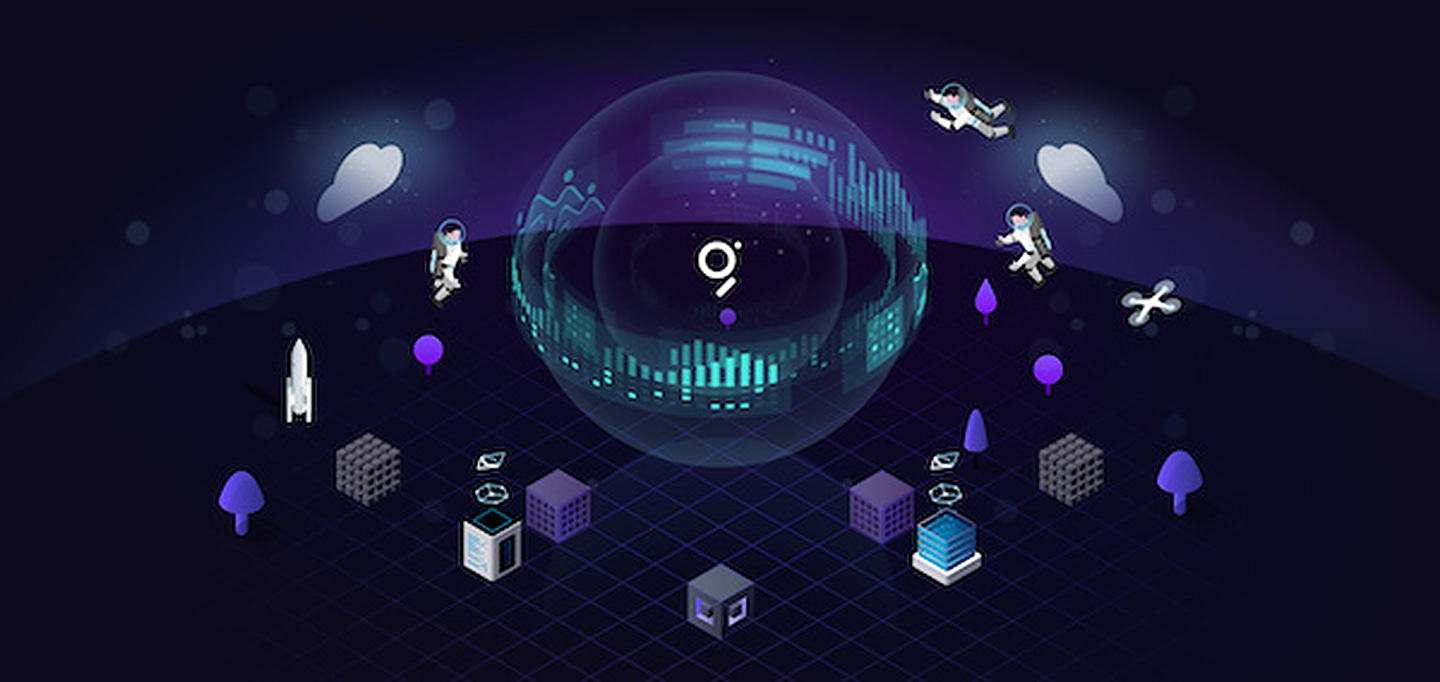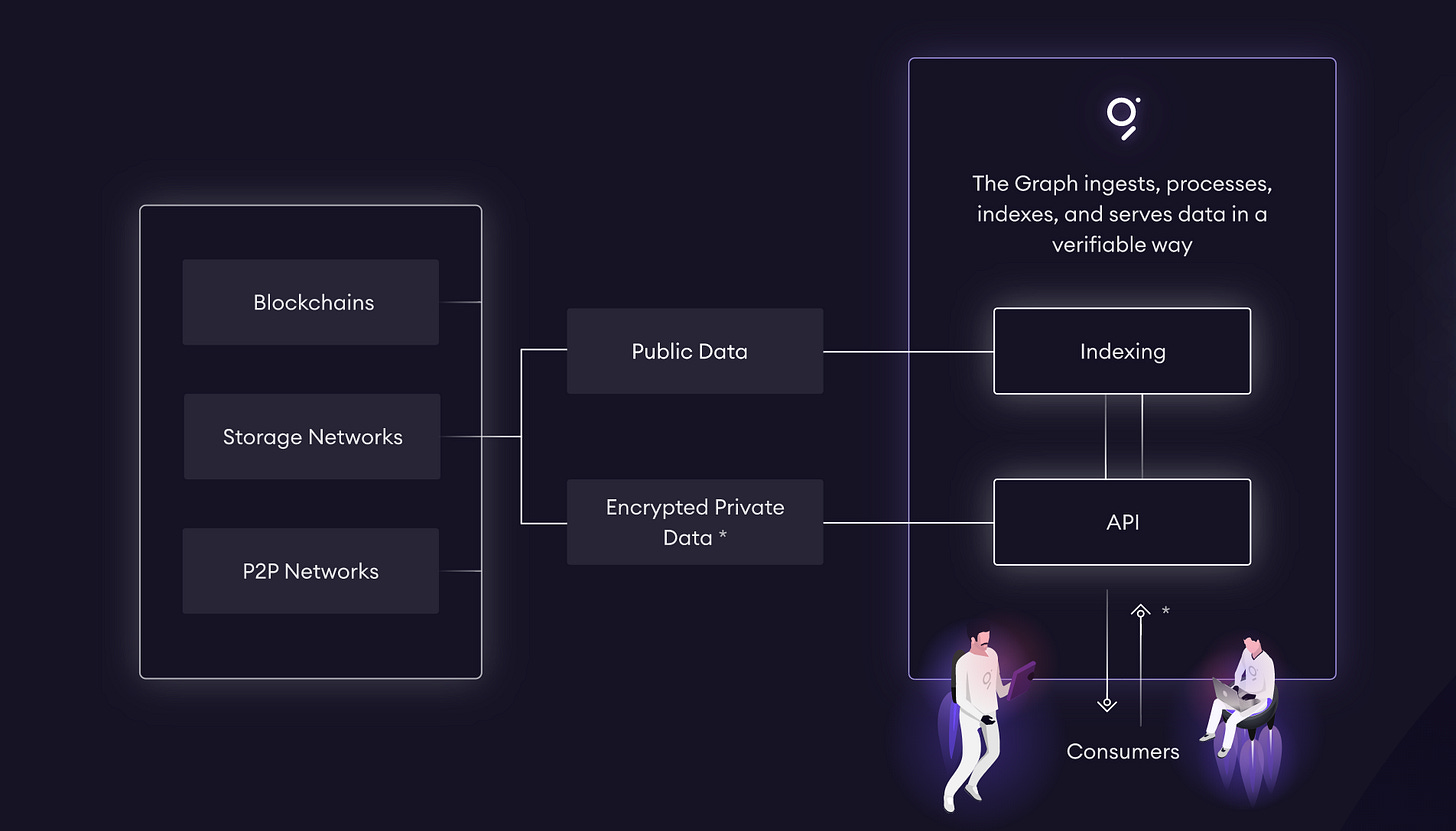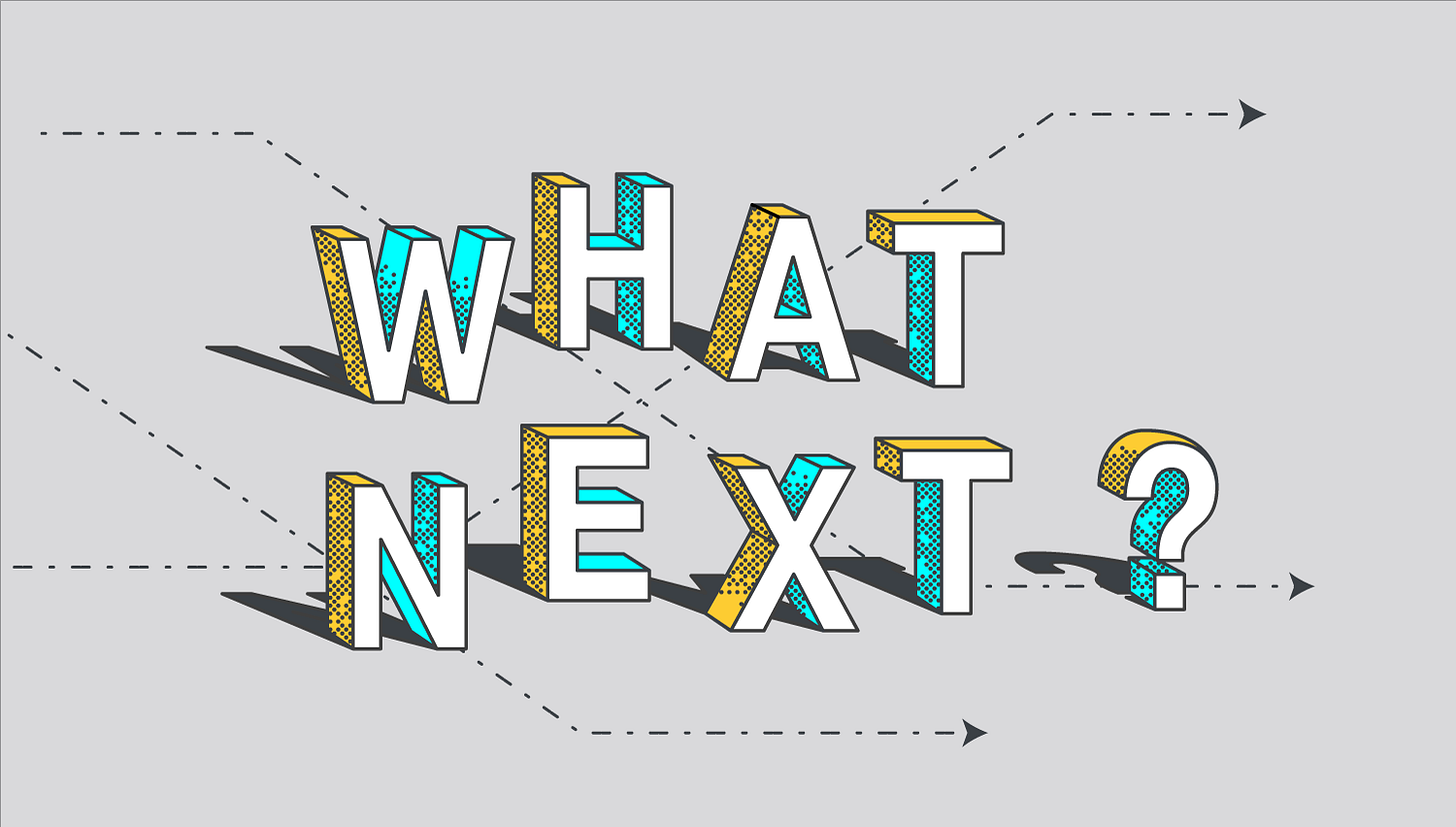The Graph Protocol — What's next?
As absurd as it may sound, it may interest you to know that the internet (Web 1.0 and 2.0) is a centralized system, and even though we want to believe it is just a network of computers (including yours and mine) working together to facilitate the sharing of data and information, it is important to note that its centralization grants some privileges to some users over others. For instance, because you have decided to use a particular web-based service, they may decide to shut down or change policies that may affect you adversely, and you may not be able to do much about it. Another thing the centralized internet is popular for is the usage of people’s private data for different purposes, without their knowledge, and this has raised different questions and controversies in times past.Web3 seems to be the solution to the irregularities caused by the centralized nature of the internet, and since it was mentioned, it has received some backlash from skeptics and critics who are of the opinion that decentralized applications (DApps) will never become mainstream systems to be adopted by many.
Applications and Data to Use Web3
One of the major benefits of Web3 is that developers from different parts of the world get a level playing field to work together and create applications that are open source and can function seamlessly with each other. With the DApp developers cooperating with each other and contributing to the growth of Web3, it becomes easy to create a fast and growing network of DApp creators and users on Web3.
It is no news that developers have begun to create amazing applications that enhances the growth of human interaction with internet-based systems. For Web3, the data and applications that will use the decentralized platform are categorized into 6 major areas:
DeFi (Decentralized Finance)
Decentralized finance is gaining popularity within the crypto community, and it is happening faster than anyone anticipated. Centralized finance has different challenges that decentralization will solve seamlessly.
Governance
When governance is centralized, it means there is a central authority that can come up with policies that may or may not take the contributors into consideration, and thus if the central authority makes a bad decision, it affects the contributors. However, a decentralized governance system where the contributors are responsible for the system’s decisions is the perfect solution. With the Web3 protocol, decentralized governance will blaze the trail for better administrative systems.
Grants and Philanthropy
A category like this needs all the transparency and privacy it can get, and an immutable technology like the blockchain makes data and records transparent enough to see, but private enough not to access and alter. Creating DApps for grants and philanthropy will be a welcome development to be used on the Web3 platform, because it will eliminate the monopolies that centralized systems have caused.
Marketplaces
In recent times we have seen the emergence of so many e-commerce platforms, because it brings some ease of doing business to users of such platforms. However, the flaws of centralized systems also affect online marketplaces and transactions. Whether you are purchasing an item from a popular online store, or you are using an FX or crypto exchange to perform transactions, performing these tasks will be better with DApps on the Web3 protocol, because it gives users more control over their activities on related platforms. Furthermore, decentralized systems are known for eliminating the need for intermediaries.
Entertainment
Entertainment is a wide area with lots of subcategories, and as with other categories, they need a decentralized system if their full potentials need to be harnessed. From intellectual property claims to music licensing, from movie platforms to gaming, DApps can be created for different entertainment-related systems. At the moment, the crypto community has begun to enjoy some entertainment DApps, and that is proof enough that mass adoption of DApps is around the corner.
Social
With decentralized social apps, the possibilities are endless. Users of such social DApps will not be victims of monopolized systems where the social platforms have more power over user data than the users. Social DApps will eliminate the chances of data theft, as well as promote seamless social communications between users from all parts of the world.
What data should be indexed on The Graph?
Prior the creation of The Graph, developers were saddled with the responsibility of creating and facilitating indexing servers that were proprietary, and apart from the fact that a lot of resources went into the operations of these indexing servers, security, safety, efficiency, etc. were issues that users were constantly dealing with. The Graph makes data query secure, efficient, reliable and fast. Data is one of the most important parts of any system, and thus it is important to have such important data indexed for easy retrieval at later times.
Public information from all parts of the world should be indexed on The Graph, because it is possible to have such data transformed into different forms, as well as have them organized to make for easy retrieval.
The Future of The Graph and Subgraphs
It is amazing to see the rate at which DApps are gaining ground within the crypto community, and it is only a matter of time before these applications get adopted for mainstream use. Compared to 10 years ago when the first cryptocurrency was introduced, a lot has changed, and it is safe to say The Graph and Subgraphs have positioned themselves strategically to be prepared for when Web3 becomes functional, and in line with when DApps become mainstream applications. Indexers in the form of node operators, curators who are in control of the organization of signals and data, and developers responsible for the creation of DApps and The Graph, are doing a good job, and the future looks bright for the platform, considering they are offering an uncommon service like data indexing. Systems are looking for safe and secure platforms for indexing purposes, and The Graph has all it takes to provide the best data indexing service to users.
https://twitter.com/graphprotocol
Useful links:





